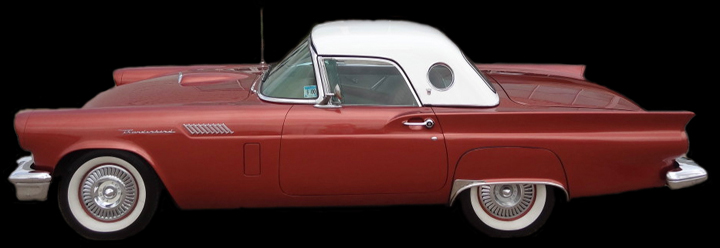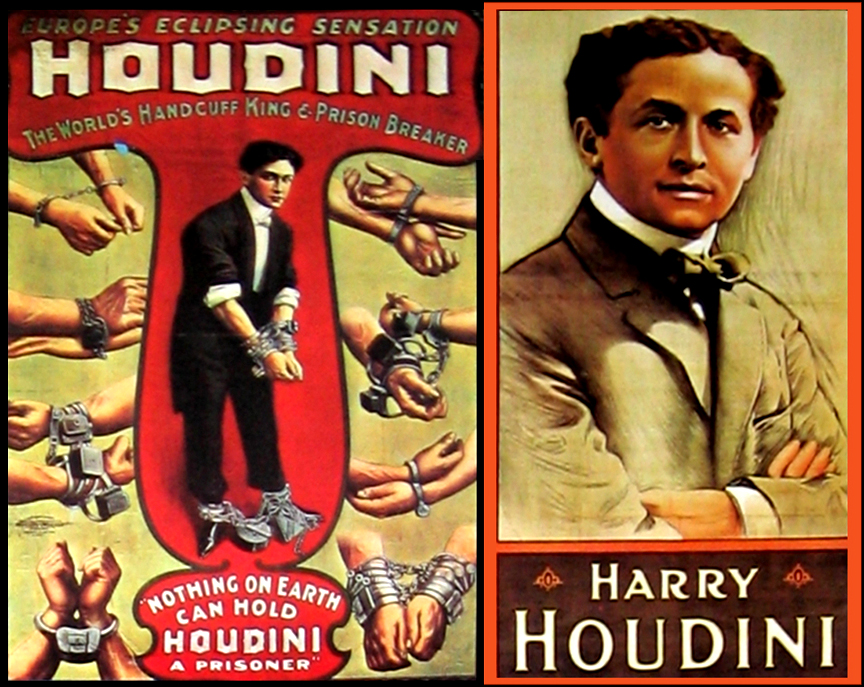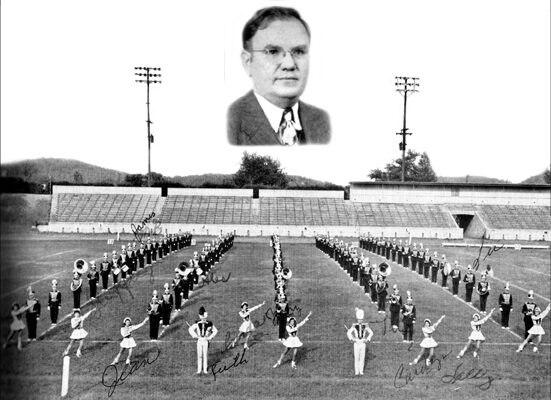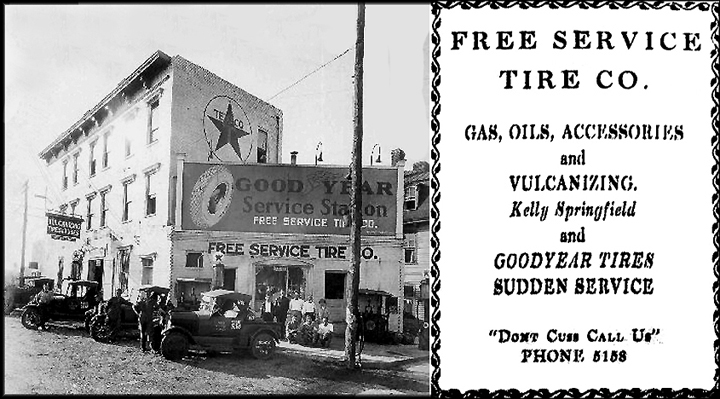It is always intriguing to scan through old pamphlets from yesteryear that offer household hints and work savers to help consumers beat the high cost of living. They vividly reveal how life has changed over the years. One publication from 1957 gives helpful advice for operating an automobile. I have paraphrased the comments for brevity:

Make sure your car is in good shape before taking a trip. For outings of less than 100 miles, take the car in for an oil change, get it lubricated and have the tires, battery and radiator checked. For an extended journey, also check the brakes, steering wheel, lights, horn, windshield wipers, mirrors, exhaust system, ignition system, wiring and fuel system.
The temperature gauge should read between 170 and 190 degrees Fahrenheit. Since fuel burns at 4000 degrees, if the cooling system isn’t working properly, extreme heat could damage the pistons, cylinder walls and other engine parts.
The radiator necessitates being flushed twice each year – when replacing antifreeze in the spring and when adding to it in the fall. The fan belt needs to be checked to ensure it is not loose. If it is, it should be tightened; if frayed, it must be replaced. A belt that does not work properly wastes gasoline, causing cylinders to score and leave the traveler with an undercharged battery.
Look under the hood for any worn or frayed wiring. Since lacquer protects car wiring, apply a coat or two of clear liquid to exposed wiring, particularly near the engine. This will prolong the life of the wiring by protecting it from acids and moisture.
Examine the heater hose to ensure that it is not rubbing anything. Hoses as well as wiring should be located as far from hot engine parts as possible. Brakes need checking anytime the car pulls to the right or left. Both front brakes should be inspected, regardless in which direction it is pulling.
Lubricate the car every 1000 miles. This can save money in terms of added power, better gasoline mileage, longer bearing life and many other less tangible results. Another special tip is to keep the gasoline tank full to prevent condensation from forming and contaminating the fuel. (Imagine doing that today.)
Excessive oil consumption can often be traced to an over-zealous gas-station attendant who fills the crankcase above the recommended level. It is important that the oil level be kept between the “add” and “full” marks, not above or below them.
Never race a cold engine because this burns gasoline and increases motor wear. During the first 10 minutes of travel, operate it slowly, shifting from low to second at 10 mph and from second to high at 25 mph. If you have an automatic transmission, let the motor run a while before driving the car.
Use the choke sparingly if your car is equipped with one. Since too much choking can consume up to four times as much gas as the engine needs, never leave the choke knob out farther or longer than is necessary to get the engine running evenly.
Make it a point to always start, drive and stop smoothly. Fast acceleration wastes gas as does pumping the accelerator when waiting at a traffic light or stop sign. Hard braking does the same thing. It causes you to waste fuel by needlessly accelerating too fast for conditions under which you are driving.
Finally, a weak spark plug may prevent complete combustion of the fuel. To prevent this, have spark plugs, distributor points, battery ignition coil, wiring and connections checked regularly.
The helpful hints suggested in the 1957 booklet should make us thankful for the improvements our cars have undergone over the years. Automotive maintenance has certainly come a long way in the last 55 years.






